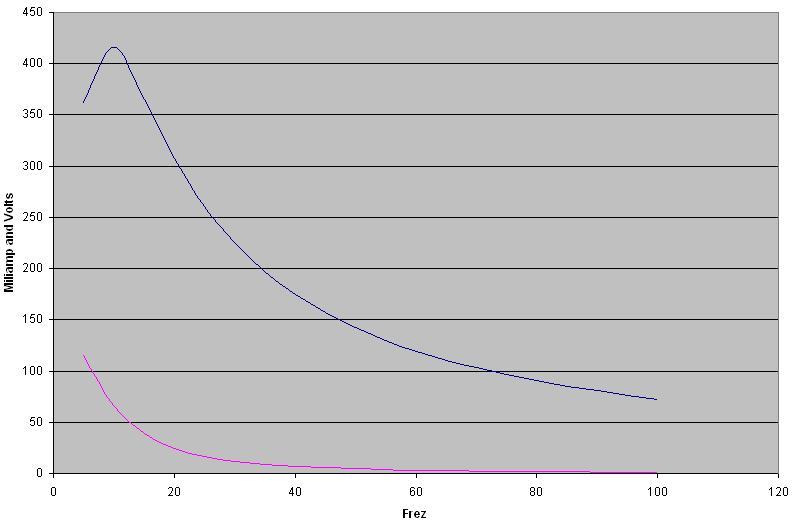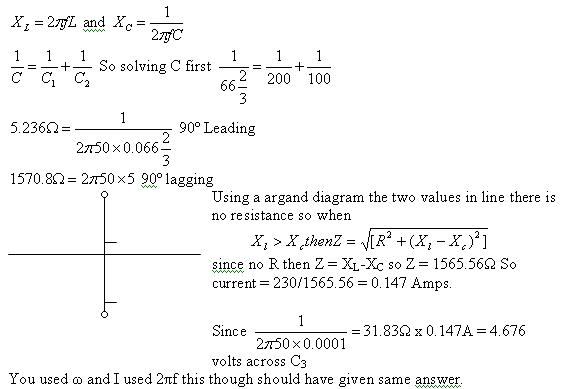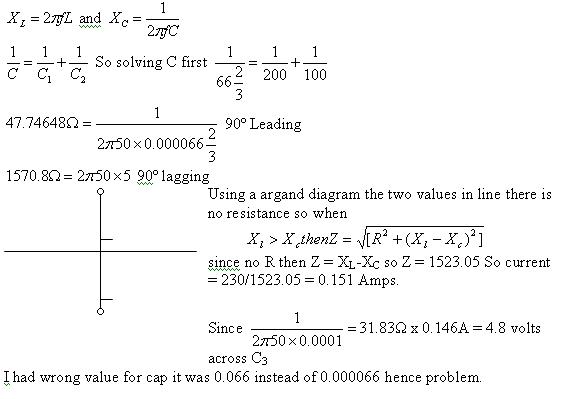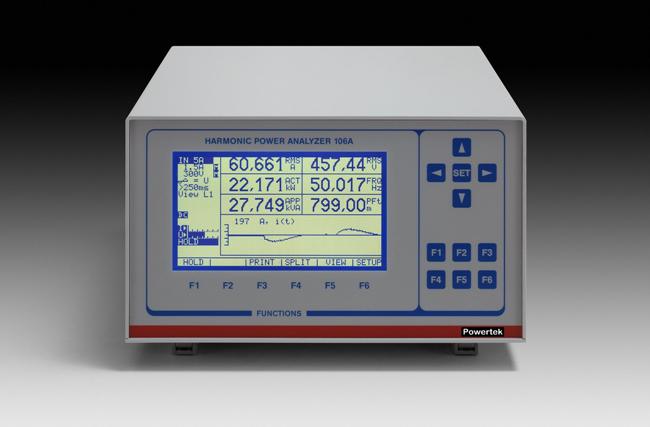Apart from ericmark no one answered was that too hard?
Regarding the simple ohms law questions I was going to go for different layouts rather than values, some people find it hard to visualise a circuit when components are differently orientated and can then get their answers wrong.
I'm just trying to find a happy medium for the forum, should i continue posting puzzles, people still interested?
Regarding the simple ohms law questions I was going to go for different layouts rather than values, some people find it hard to visualise a circuit when components are differently orientated and can then get their answers wrong.
I'm just trying to find a happy medium for the forum, should i continue posting puzzles, people still interested?







